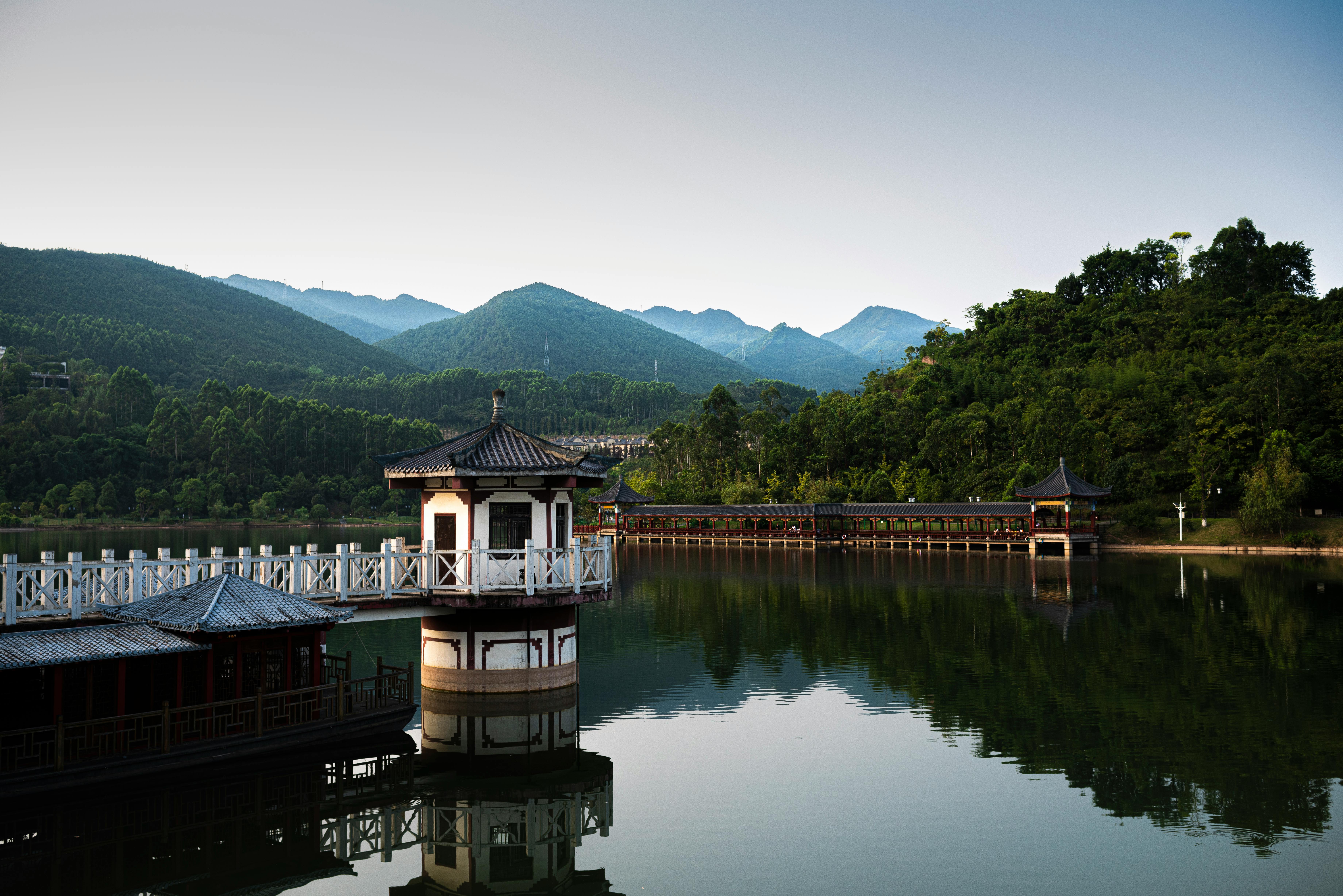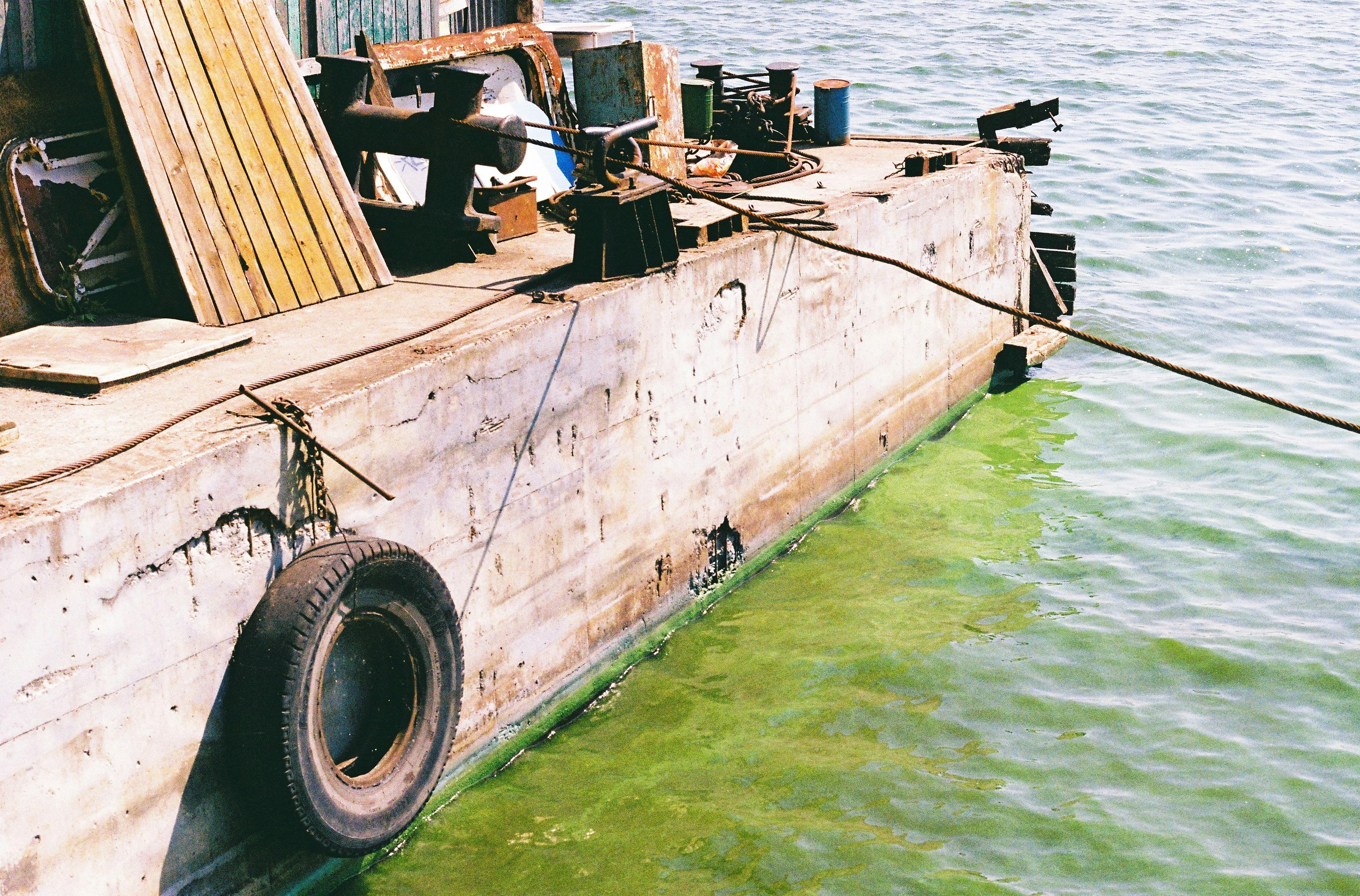Distilled water is a type of purified water that has had impurities and contaminants removed through a process of distillation. During this process, water is heated to its boiling point until it vaporizes. The vapor condenses into a separate container, leaving behind any impurities or undesirable elements in the original container. This results in clean and pure distilled water.Distilled water is water that has been heated to boil and then condensed back into a liquid form for drinking. It has had many of the impurities and minerals removed through the distillation process, making it pure and safe for consumption.
Benefits of Distilled Water
Distilled water is a type of purified water that has had both impurities and minerals removed. It is produced by boiling water and then condensing the resulting vapor back into a liquid. Because the process removes all impurities and minerals, distilled water is considered to be one of the purest forms of water available. While it may not have the same taste as regular tap water, there are several benefits to using distilled water over other types of purified water.
One major benefit of using distilled water is that it does not contain any contaminants or minerals that can build up in pipes or appliances. This makes it an ideal choice for use in coffee makers, steam irons, and other devices that require regular cleaning or maintenance. Additionally, because it does not contain any minerals or other particles, it can help to extend the life of these appliances by preventing mineral buildup from occurring.
Another benefit of using distilled water is that it does not contain any traces of chlorine or other chemicals that can be found in tap water. Chlorine is often used as a disinfectant to kill bacteria, but it can also leave behind an unpleasant taste and odor. By drinking distilled water instead of tap water, you can avoid these potential health hazards while still enjoying clean and great-tasting drinking water.
Finally, using distilled water can help to reduce your environmental impact by eliminating the need for bottled water. Bottled water requires a significant amount of energy and resources to produce, which can have a negative effect on the environment. By choosing to use distilled water instead, you can help to reduce your carbon footprint while still getting clean and safe drinking water.
The Process of Distillation
Distillation is a process used to separate or purify liquids from a mixture, by heating the mixture and condensing the vapors that are released. It is used to produce pure products from crude mixtures, and it is also used in the production of alcoholic beverages. The distillation process involves boiling a liquid until its vapor can be collected and condensed back into liquid form. This can be done either with a simple distillation apparatus, or with a more complex apparatus known as a fractional distillation column.
In a simple distilling apparatus, the liquid to be distilled is heated in an enclosed vessel until its vapor rises up through a tube or pipe connected to an overhead condenser. As the vapor rises through the tube, it cools as it comes into contact with the cooler walls of the condenser, which causes it to re-condense into liquid form. This newly condensed liquid is then collected in another vessel below.
A fractional distillation column takes this process further by using several different levels of cooling along its length. This allows for more efficient separation of components in the mixture that have different boiling points, such as alcohol and water. As the vapors pass through each level of cooling, they condense at different temperatures and separate out into their component parts. The component parts can then be collected separately as they pass out of the bottom of the column.
Distillation is an important process used in many industries today, ranging from food production to chemical processing and petroleum refining. It allows for efficient separation of substances that have very different boiling points and makes it possible to produce high-quality products from crude mixtures.
Distilled Water vs Regular Tap Water
Distilled water is water that has been vaporized and condensed back into liquid form. It is free of dissolved minerals and other impurities, making it ideal for a variety of uses. Regular tap water, on the other hand, is composed of a variety of chemicals and can contain traces of many contaminants.
Distilled water has had all the minerals and contaminants removed from it through distillation, a process in which the water is boiled and then condensed back into liquid form. Because there are no minerals in distilled water, it has a neutral pH balance and does not have any taste or odor. This makes it ideal for drinking, as well as for use in medical equipment and laboratories where purity is important.
Regular tap water contains a variety of chemicals such as calcium, magnesium, chlorine, fluoride, sodium and other trace elements. These chemicals are added to the water at treatment plants to make it safe to drink and can affect its taste and smell. While most tap water is safe to drink, certain contaminants may be present depending on the source of the local water supply.
In terms of cost, distilled water tends to be more expensive than regular tap water because of the energy needed to produce it. However, some people prefer distilled water for its superior purity compared to regular tap water. It can also be used for applications such as humidifiers or steam irons where mineral buildup can occur with regular tap water over time.
In summary, distilled water differs from regular tap water in that it has been purified through a distillation process to remove all dissolved minerals and contaminants while regular tap contains trace elements added at treatment plants to make it safe to drink but can also contain contaminants depending on the source of the local supply.
Advantages of Distilled Water
Distilled water is a type of purified water that has had most of its impurities removed through distillation. This process involves boiling the water, collecting the steam, and condensing it back into liquid form. Distilled water has a number of advantages over regular tap water, making it an ideal choice for many applications.
One advantage of distilled water is that it is free from most contaminants and minerals. Regular tap water contains trace amounts of various chemicals and minerals, including lead, arsenic, ammonia, chlorine, nitrates, and other substances. By removing these impurities through distillation, the result is purer and cleaner-tasting drinking water.
Distilled water also has a longer shelf life than regular tap water since it does not contain bacteria or other microorganisms. This makes it ideal for use in medical settings where sterility is essential. Furthermore, distilled water does not contain calcium or other mineral deposits which can build up over time in pipes and appliances if allowed to sit undisturbed. This can help extend the lifespan of appliances such as coffeemakers and hot-water tanks by preventing mineral buildup in their pipes and components.
Finally, distilled water is also great for cleaning purposes since it does not leave behind any residue or streaks when used on surfaces or fabrics. This makes it perfect for window washing or laundry detergent preparation as there will be no unpleasant streaks on your windows or clothing afterwards.
Overall, distilled water offers many advantages over regular tap water due to its superior purity levels and lack of contaminants and minerals. It can be used for drinking purposes as well as medical applications where sterility is essential and can even be used for household cleaning due to its streak-free properties.

How to Make Distilled Water at Home
Distilled water is a type of purified water that has been put through a process of distillation to remove any chemicals, pollutants and other impurities. It is usually used for drinking, cooking and medical purposes as it is considered to be the purest form of water available. Making distilled water at home can be done in a few simple steps.
The first step to making distilled water is to prepare your equipment. You will need a large pot or container, some ice, some salt, and a glass bowl or container. Fill the pot with enough water so that it covers the bottom of the glass bowl or container.
Next, add some salt to the water. The amount of salt you use will depend on how much water you have in your pot, but you should use roughly a tablespoon per gallon of water. This will help lower the boiling point of the liquid and make it easier for it to evaporate more quickly during the distillation process.
Now place your glass bowl or container into the pot so that it is completely submerged in the salty water. Add some ice around the glass bowl or container and then turn on your stove and heat up the pot until it begins to boil. The boiling point of saltwater is lower than regular tap water so this will help speed up the process of distillation. As the liquid boils off, it will condense on top of the glass bowl or container and drip down into a separate collection container – this is your distilled water!
Once you have finished collecting all your distilled water, you can turn off your stove and allow your equipment to cool down before storing any leftover distilled water in an airtight container for future use. And there you have it – fresh homemade distilled water!
The Equipment Needed for Making Distilled Water
Making distilled water requires certain equipment to ensure the process is successful. Distilled water is pure and free from contaminants, making it a great choice for drinking, medical use, and cooking. To make distilled water at home, you need to have the right equipment such as a distiller, container to collect the distilled water, and a filter system.
A distiller is the most important piece of equipment required for making distilled water. The distiller works by boiling water and collecting the steam produced in a separate container. This steam is then condensed back into liquid form which results in pure and clean water that can be used for different purposes. There are many different types of distillers available on the market with varying sizes and capabilities depending on your needs.
In addition to a distiller, you will also need a container to collect the distilled water. This should be made from an inert material such as glass or stainless steel that won’t react with or contaminate the distilled water. The container should also be able to hold enough distilled water for your needs as well as have an airtight lid so that none of the condensed steam escapes during the process.
Finally, it’s important to have a filter system in place before you start making any distilled water. This will help remove any particles or contaminants that may still be present in your tap water before it enters the distiller. Depending on your budget and needs there are many different types of filters available on the market that can accomplish this task efficiently.
In conclusion, making distilled water at home requires certain pieces of equipment such as a distiller, container to collect the distilled water, and a filter system before beginning production. Having these items in place will ensure you end up with pure and clean drinking or cooking water every time!
What Are the Disadvantages of Distilled Water?
Distilled water has many advantages, but like anything else, it also has some drawbacks. One of the main disadvantages of distilled water is that it lacks essential minerals and electrolytes. Because it is free of impurities and contaminants, distilled water doesn’t contain any beneficial minerals or electrolytes that are found in other types of water. This means that people drinking distilled water may not be getting enough essential nutrients from their diet.
Another disadvantage of distilled water is its taste. Many people find the taste of distilled water to be bland and unappealing. This can make it difficult for some people to drink enough water to stay hydrated throughout the day.
Finally, distilled water can be more expensive than other types of drinking water. While the cost may vary depending on where you purchase it, some brands can be more costly than regular tap or filtered drinking water.

Conclusion
Distillation is an effective way to create pure water for drinking and other applications. It is a simple process that involves boiling water and collecting the water vapor that results. This vapor is then condensed into liquid form, which produces distilled water. Distilled water contains no contaminants or minerals, making it ideal for use in medical and scientific laboratories, as well as in many industries. In addition, it can be used to purify drinking water by removing certain chemicals, such as chlorine and fluoride. Although it is not suitable for long-term hydration due to its lack of minerals, distilled water can be a great option when access to clean tap or filtered water is limited.
Ultimately, understanding how distilled water is made can help you decide if it’s the right choice for your needs. If you are looking for a safe, pure source of drinking water that does not contain any contaminants or minerals, then distilled water may be the ideal solution for you.

